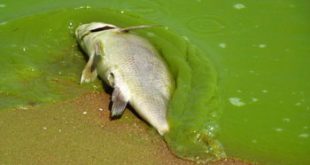Algal toxins are toxic substances released by some types of algae when they are present in large quantities (Blooms) and decay or degrade. These toxins are called ‘Phycotoxins’ (from Greek, phykos, “seaweed”; and toxikon, “toxin”). They are usually complex allelopathic metabolites produced by algal secondary metabolic pathways. These metabolites are (in most cases) not harmful to …
Read More » Plantlet The Blogging Platform of Department of Botany, University of Dhaka
Plantlet The Blogging Platform of Department of Botany, University of Dhaka
